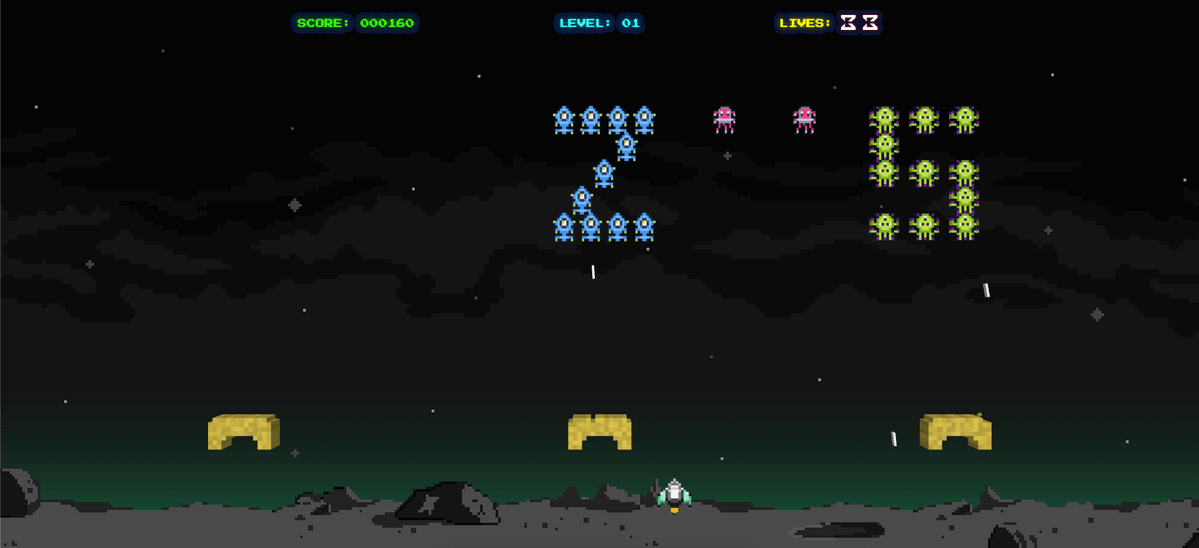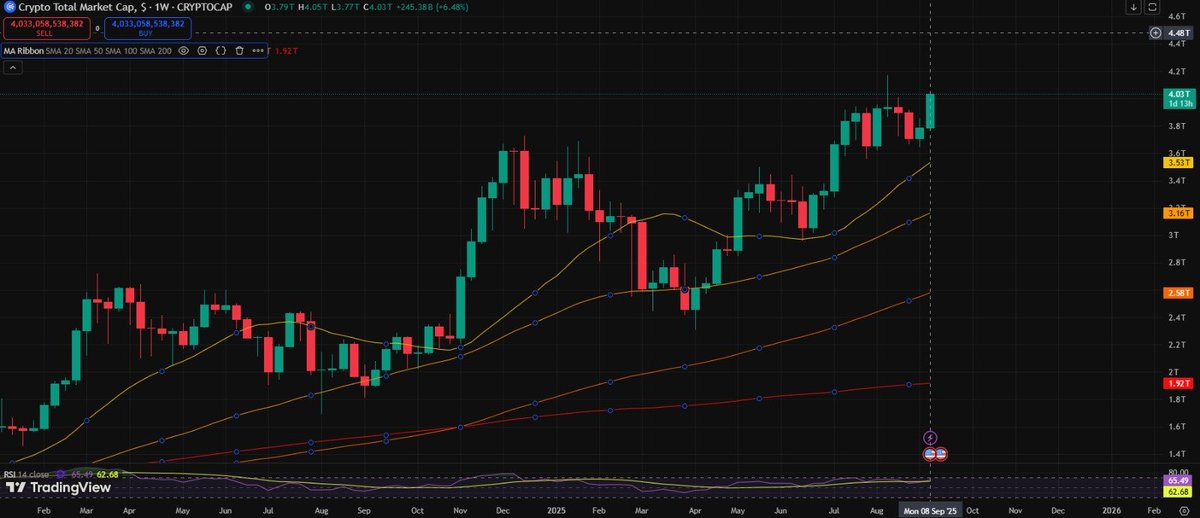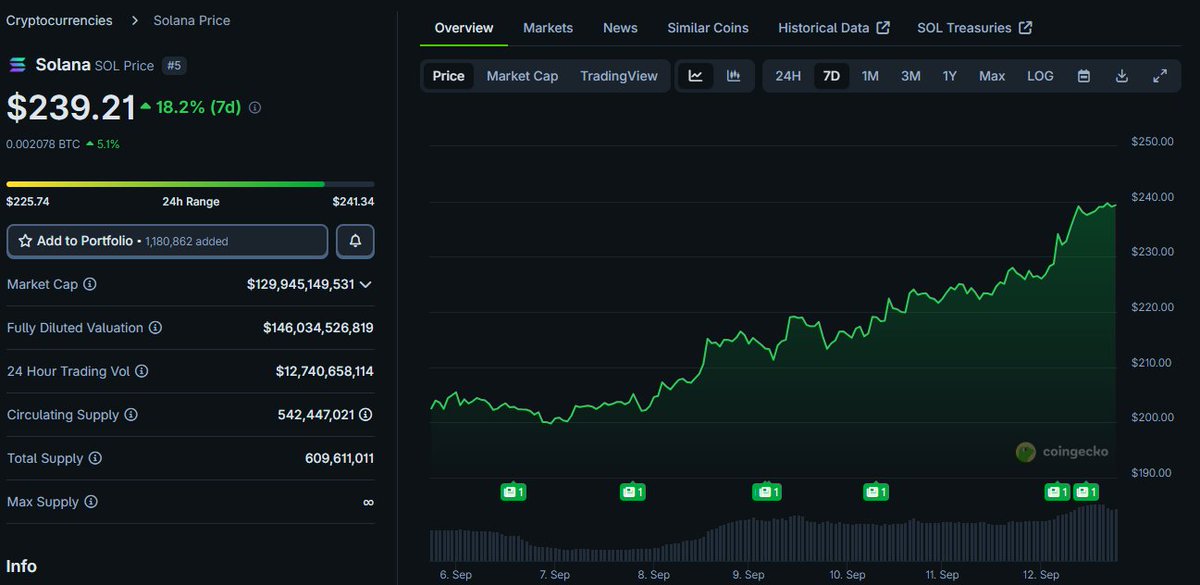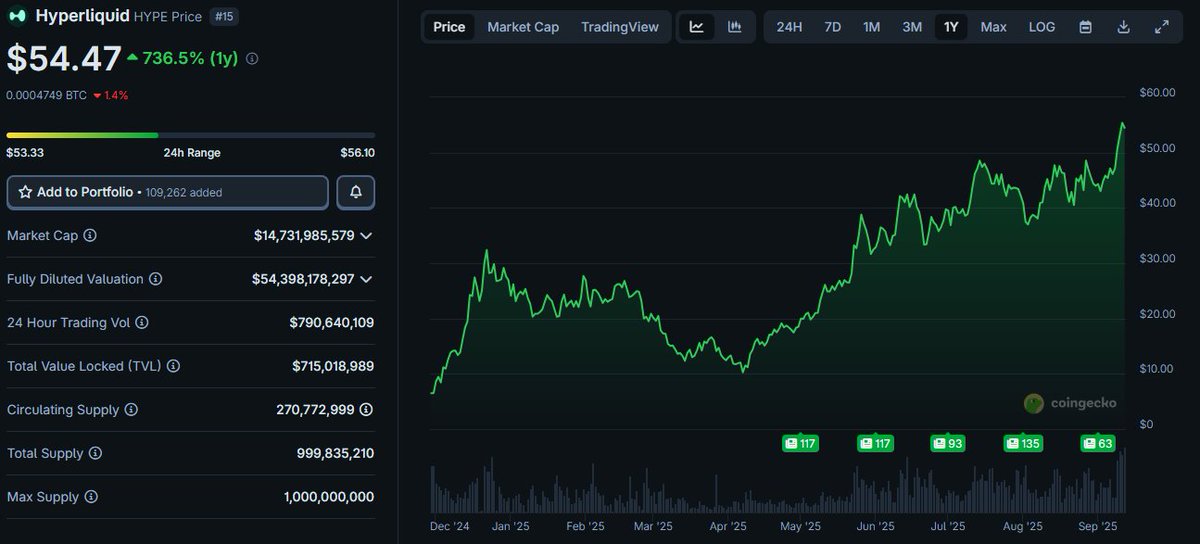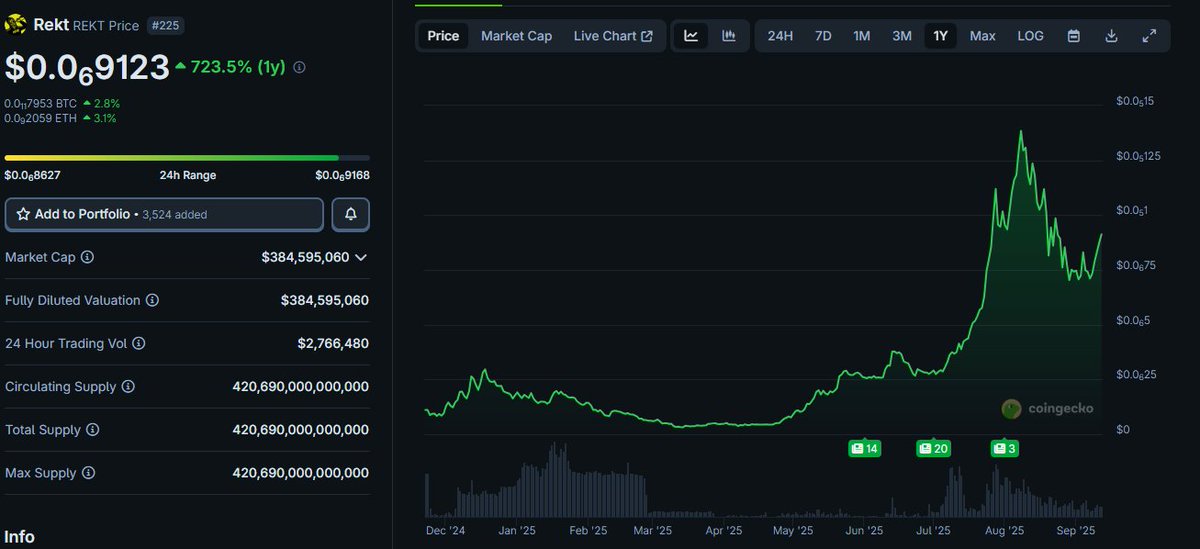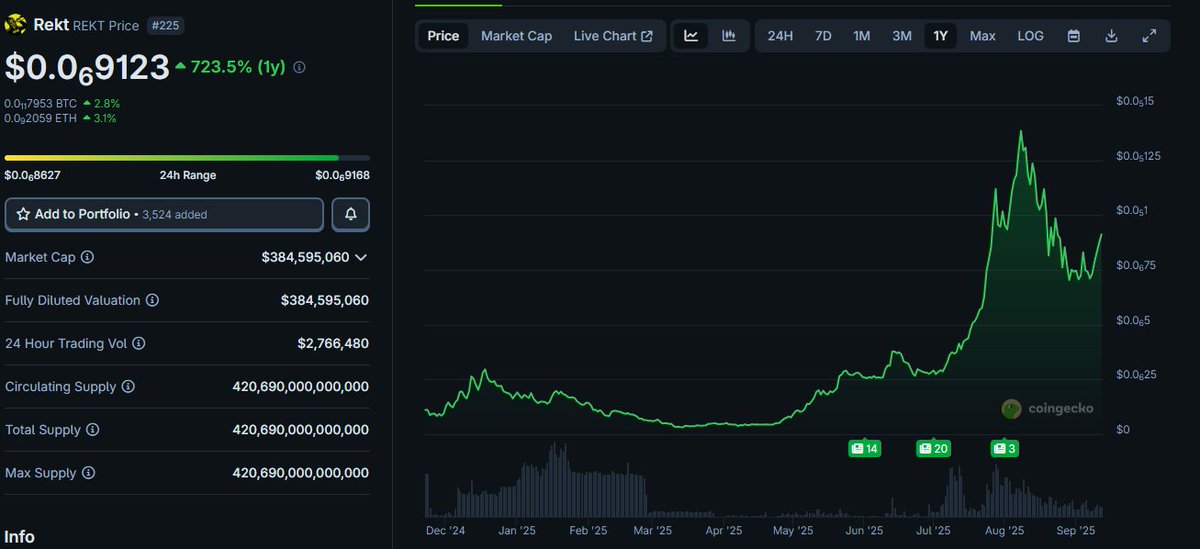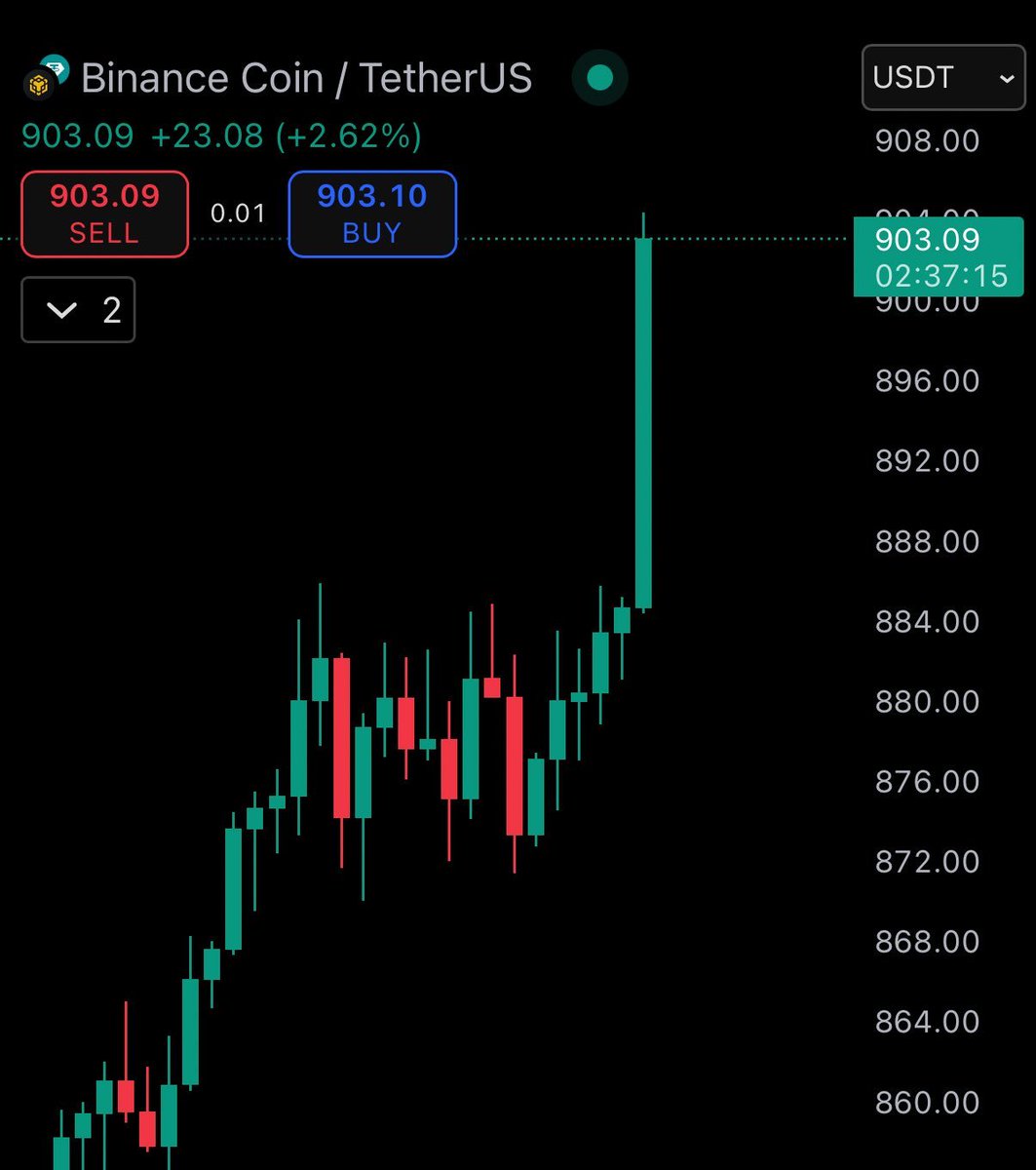This is how @FanTokens go mainstream 🚀
@Chiliz Group now owns 51% of @OGesports, reuniting with the original founders to take OG to a whole new level.
OG made history with back-to-back TI wins 🏆
Now $OG Fan Token ($100M+ market cap) enters its next chapter:
- More fan influence
- More access to tickets, merch & BTS
- More exposure to RWAs and buybacks.
Curious how $OG is shaking up the Fan Token space? See it live, right alongside the world’s biggest clubs: https://t.co/Y4NH319Aiw
One post on X could net you up to $7,000 in $TRADOOR.
How?! Through the latest Blast To Earn campaign currently live.
Binance Alpha, Bitget, and BingX just listed $TRADOOR perps & options.
@tradoor_io is building a next-gen DEX with on-chain privacy (no spying, no front-running) + an AI autopilot for trading.
🔗 I’m joining this $10K prize pool and you can toocia this link: https://t.co/88YstaFctu
📅 Sept 11–24
🎁 5,000 $TRADOOR (~$10K USDT)
How it works:
1. Bind your X account to BingX on the campaign page.
2. Post content about @tradoor_io.
3. Submit your link.
4. Track your Power & rewards.

Some of you forgot how dark this space can get.
There was a @pumpdotfun streaming meta about 6 months ago.
It wasn’t just dumb jokes, people were pushing it into real harm.
Streams of animal abuse.
Violence for shock value.
Disturbing acts just to farm a few donations.
All for
Some of you forgot how dark this space can get.
There was a @pumpdotfun streaming meta about 6 months ago.
It wasn’t just dumb jokes, people were pushing it into real harm.
Streams of animal abuse.
Violence for shock value.
Disturbing acts just to farm a few donations.
All for
Some of you forgot how dark this space can get.
There was a @pumpdotfun streaming meta about 6 months ago.
It wasn’t just dumb jokes, people were pushing it into real harm.
Streams of animal abuse.
Violence for shock value.
Disturbing acts just to farm a few donations.
All for tokens that rugged the next day.
Watching how this cycle is evolving, i can’t shake the feeling…
we might be sliding back toward that territory again.
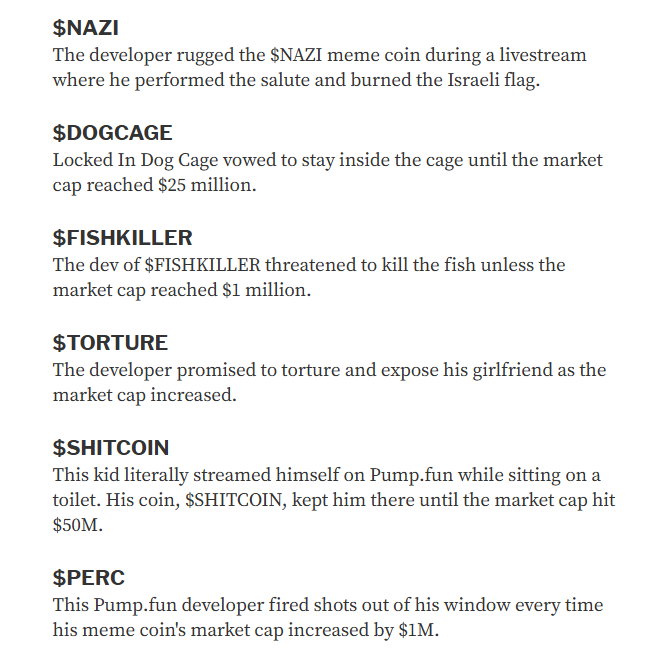
We live in an age where everyone runs endlessly, chasing more, bigger, “better.”
But freedom isn’t in accumulation, it’s in knowing when enough is enough.
For years i thought money = freedom. It gave security, sure, but chasing it nonstop felt like a golden cage.
Epicurus said wealth is wanting little. Psychology today says gratitude is the real path to happiness. Both are right.
I stopped chasing numbers and started valuing presence. Small moments, real people, peace of mind.
True freedom is living on your own terms, not being a slave to desire.
If you’re always running toward tomorrow, you risk losing today. And today is the only place happiness exists.
🚨 Presale hunters, heads up, project Merlin ($mrln) is now live on @CoinTerminalCom
Why people are buzzing:
• Binance wallet already confirmed the binance alpha listing (sept 16)
• Presale is 100% refundable if $mrln underperforms
• $10k lottery for $250+ entries , last month’s winner walked away with the prize and their refund
This round cointerminal doubled the pool to $10k again. only 1 day left to jump in.
⚡ No downside. Binance listing coming. Shot at $10k on top.
⏳ Last chance before it shuts:
👉 https://t.co/pG2BqhjPy4
👉 https://t.co/Wa0KGdhbHm
📌 Updates: https://t.co/HJ5OO1Iguj
#projectmerlin #binance #mrln #cryptopresale
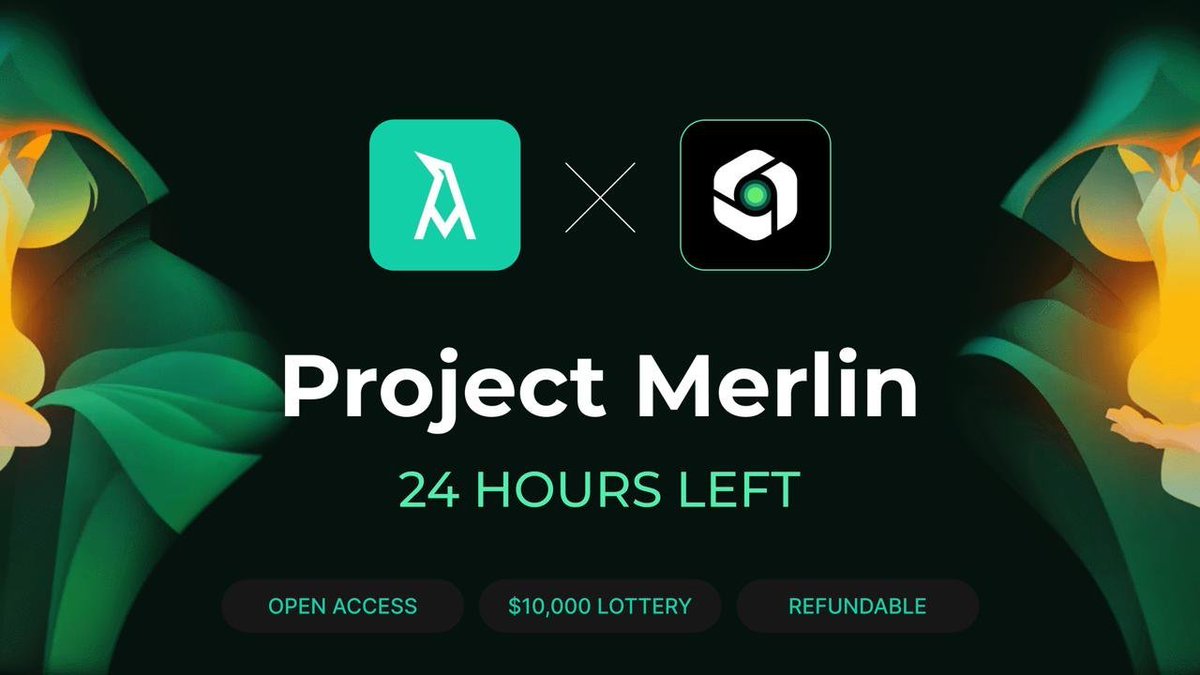
Seeing bitcoin dip while stocks tied to crypto shoot up feels almost ironic. The assets stumble, yet the companies built around them find a way to shine.
Bullish and gemini preparing for ipo is another sign that the line between traditional finance and our world keeps getting thinner. some might see it as institutions taking over, but i see it as proof: What started as “internet money” is now too big to stay in the shadows.
Meanwhile, india’s hesitation on crypto regulation shows the other side of the coin. Progress here is never one-directional. For every green candle, there’s a red one. For every country opening the door, another closes it.
And that’s exactly what crypto has taught me accepting volatility, not just in markets, but in life. I’ve had cycles of growth and cycles of doubt, times i thought i was ahead, and times i questioned everything.
What matters is not whether today is up or down. it’s whether i keep showing up, keep learning, and keep holding on to the bigger vision.
There was a night 2 years ago i’ll never forget.
I was in a cheap airbnb, laptop on my knees, watching charts bleed red while wondering if i had messed up my whole path.
I had no one to blame but myself. I chased hype, ignored my own rules, thought i was smarter than the market. The silence of that night hit harder than the loss itself.
But here’s the twist, i didn’t quit.
I kept learning, kept showing up. Slowly, those sleepless nights turned into better calls, better discipline, and eventually… Better results.
Today things look different. I’ve had wins that covered those old losses many times over. I’ve made calls that paid for entire trips. I’m no longer just “trying to survive” in this market, i’m actually thriving.
But i don’t forget that airbnb night. Because that’s what makes the wins feel real. Without the humility of being humbled, there’s no growth. Without the red candles, the green ones don’t mean much.
The market gave me scars, but it also gave me freedom.
And if there’s one lesson, it’s this: You only lose when you stop showing up!
Some ppl still doubt cz but facts don’t lie.
$Bnb survived every storm while others vanished.
This man plays the long game, market just catching up.
Bullish on $BNB as long as @cz_binance keeps building.
⚽️ SportFi meets prediction markets!
Think you know how Europe’s elite clubs will perform in the #UCL? 👀
With Point Prophecy by @FanTokens, you can turn your football knowledge into on-chain rewards.
💰 Each matchday adds to the prize pool → more games, more chances to win.
Check the original post below for how to enter, lock in your predictions, and see if your football IQ pays off on-chain. #FanTokens
The first Blast to Earn project is live on @BingXOfficial!
MultiBank Group | @multibank_io, the world’s largest derivatives institution, is bringing #RWA mainstream with a $3B tokenization deal.
Na mes involved include Ritz-Carlton Residences & Keturah Reserve.
Fractionalized investment from just $50, with yields up to 8% APY from day one.
And a $7,000 prize pool is also live for early movers.
🔗 Explore it here: https://t.co/DRxpkFczY0
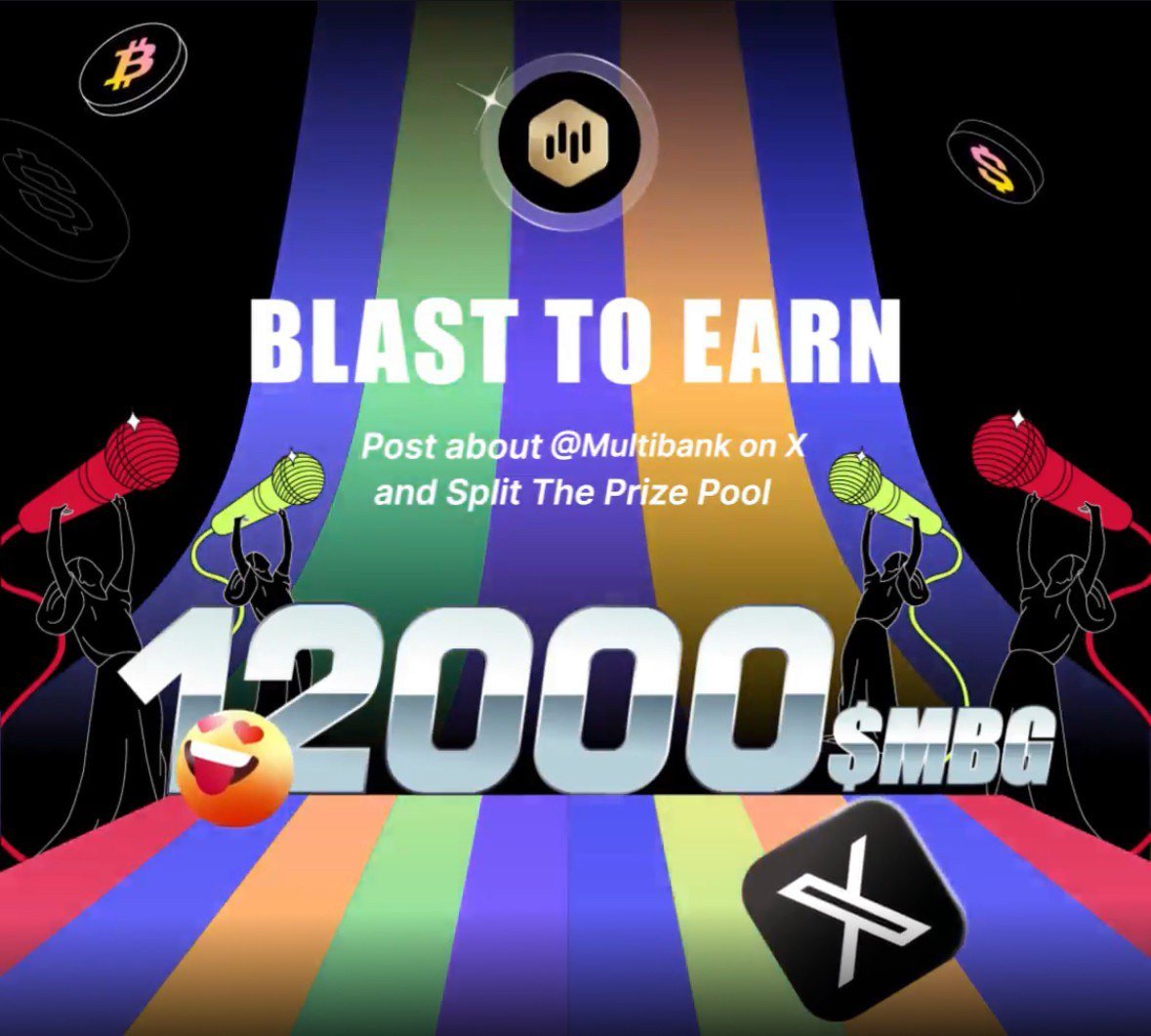
For me, this is interesting not because it’s dramatic, but because it’s honest. These middle phases, these waiting periods, they teach more than nonstop hype ever could.
I remember a time i chased every pump, every big headline. I thought missing out was the worst thing. But missing out fades; what sticks is how you act when nothing much is happening.
This is where discipline matters:
Knowing when not to force trades
Preserving peace of mind when volatility is low
Staying connected with what’s important beyond the screen
Crypto isn’t just about bull runs or fear-of-missing-out moments. It’s also about what you build in quiet times; habits, patience, clarity.
In Jan 2023, $APT traded at $17.86 with a market cap of $2.9B
Today (Sep 11, 2025), $APT trades at just $4.5 , yet its market cap is $3.1B
Price collapsed by -75%, but market cap actually grew.
Why?
👉 Token supply inflation. More coins hit the market, keeping market cap afloat while crushing individual token value.
This is the hidden effect of emissions that most holders ignore.
Always track circulating supply + market cap, not just price.
And honestly, this is the part of crypto that frustrates me the most.
The project might be building, adoption might be growing, but if supply keeps unlocking like this… Holders just get diluted.
Makes you think twice about long-term plays vs short-term trades.
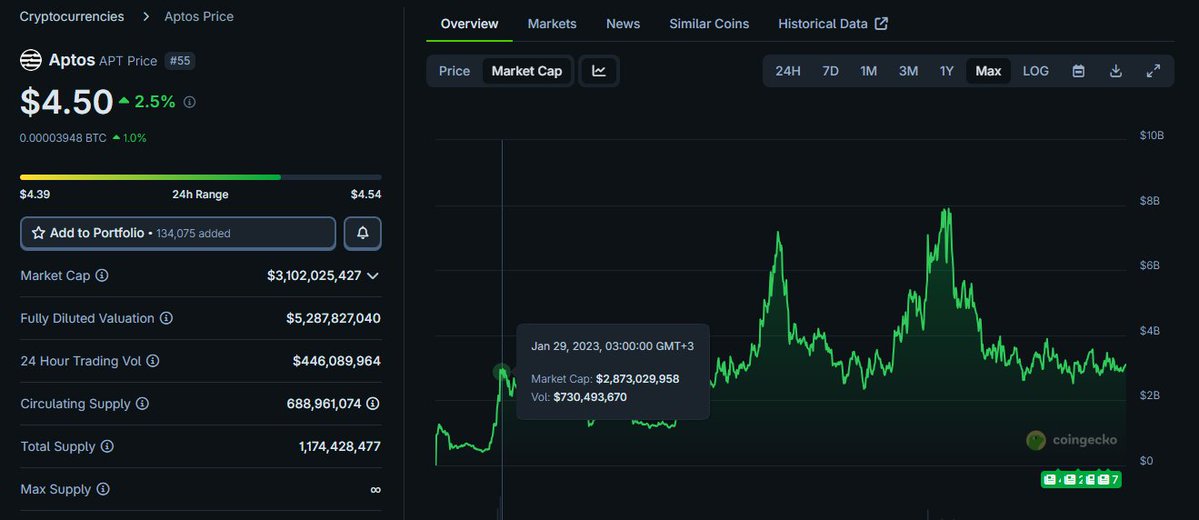

9 years of building. Now the world is ready for XDC.
Thanks @nasdaily for showing the world what the XDC community has been building for 9 years – fast, real, and enterprise-ready blockchain.
🔗
Almost skipped past the lucky gift link earlier, glad i gave it a look.
The @unitaslabs twist? Every gift comes packed with real rewards.
This round’s limited to 300, once they’re gone, that’s it.
The $TRUE Dutch Auction is now live!
Stage 1 pricing makes early entries up to 8× cheaper than launch with discounts scaling down as supply fills.
@trueaitrading developed a transparent way to reward those who move first while still leaving room for later participants.
Official Token Sale Wallet Address:
Bu2i7QT4sw7kMsqjG2wu15ei4YQrNQmbGQJnvF2hrA6f
🔗Give a look with your eyes: https://t.co/WYLhe8sVAf
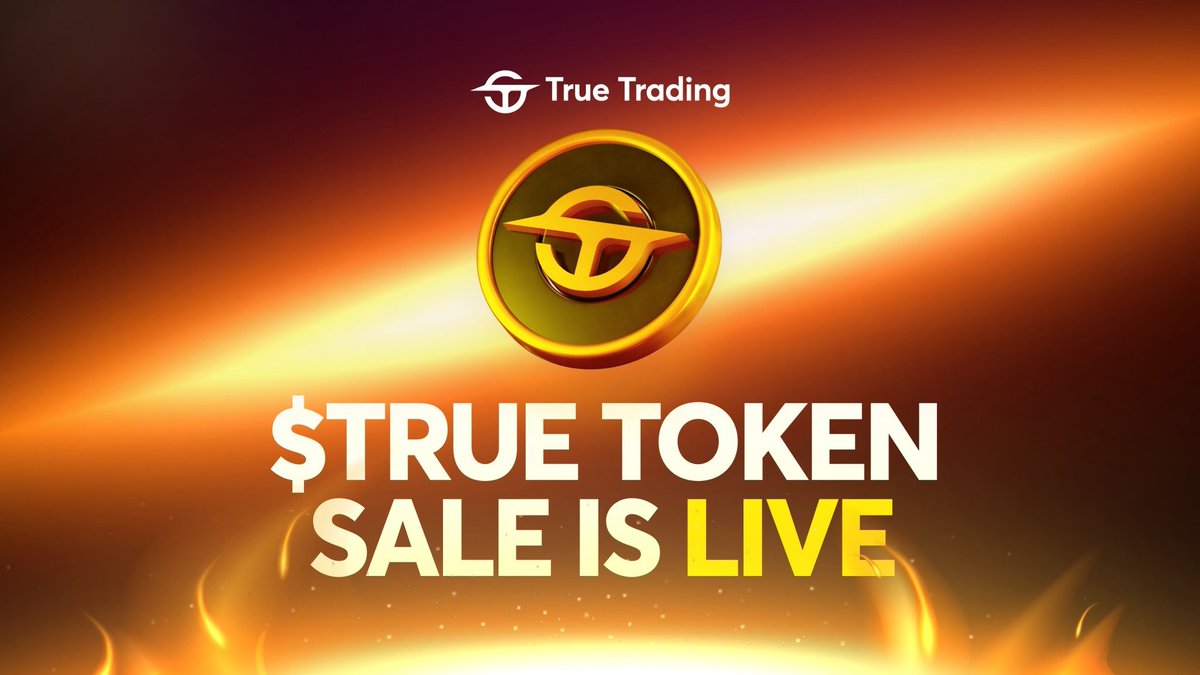
$HYPE just broke the ceiling, again...
Institutional eyes are watching; whales are doubling down.
🟢 VanEck’s CEO just smiled and said “hold up” Hyperliquid just hit a fresh all-time high.
🟢 Whales dropped $17M in 17 hours. Smart money doesn’t bet sensationally… it bets loudly.
🟢 One wallet alone snagged 217,689 HYPE at ~$48.51 , now it’s playing with a $1.3M unrealized profit.
🟢 Meanwhile, qianbaidu.eth stacked 667K tokens for over $31M, early signs of bull phase 2.
🟢 James Wynn just opened a 10× leveraged long on $HYPE, funded entirely by referral rewards. This isn’t casual buying, it’s war-room strategy.
Price entry wobbling between $52–$55 is testing resistance. Breaksoon? Bulls are eyeing $60–$70
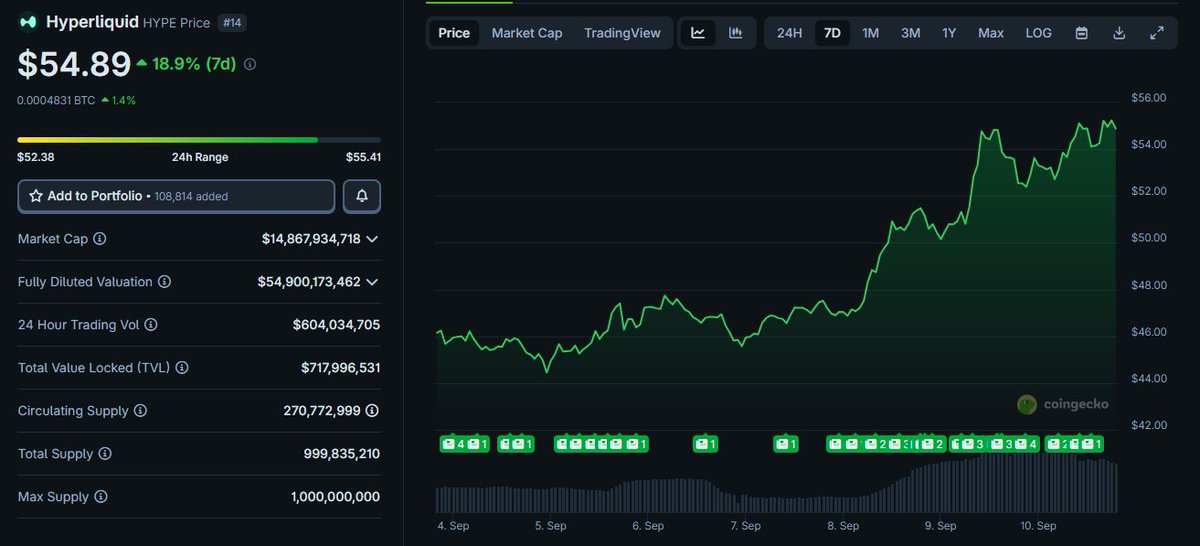
Tried zk Space Invaders today.
What stand out about the game by @ZKVProtocol is more than nostalgia.
Every score is ZK-verified onchain, immutably tied to your wallet.
That’s the leap: games as testbeds for infra. If zkVerify can track skill this way, imagine its role in scaling credentials, attestations, even DeFi.
Early experiments like this often end up being the clearest signals.
🔗 If you’re curious, see what it feels like to play fully onchain: https://t.co/FVt8mv81ec
